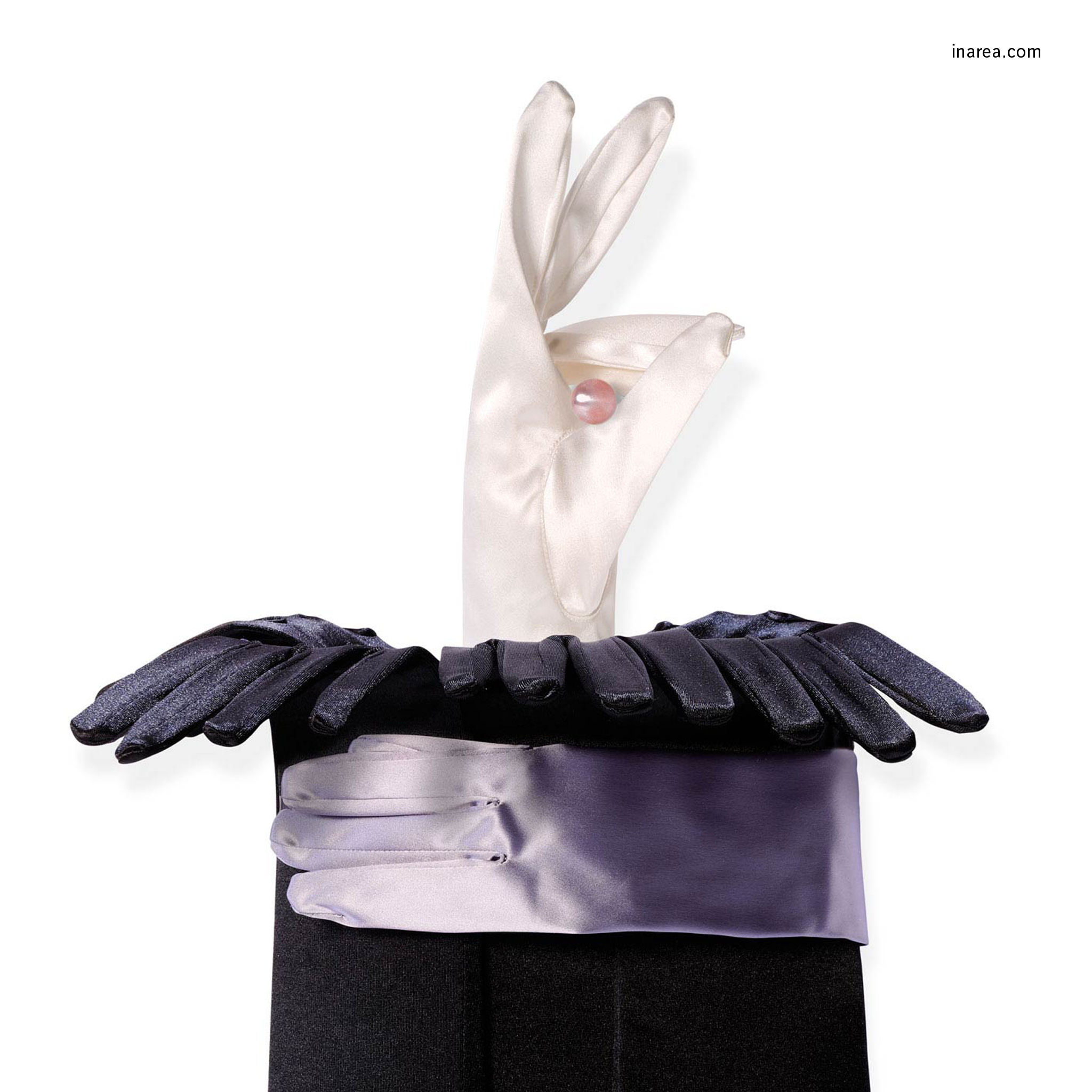An exhibition in Florence
Florence is a shining city: one of its bridges is dedicated to goldsmiths and, traditionally, the feast day everyone looks forward to is St John’s Tide (24 June) when the Baptistery’s Silver Altar (which is kept under nitrogen for the rest of the year) is shown to worshippers. This treasure, which took more than a century to create (1367-1483), is made from 200 kilograms of silver and an almost inestimable number of panels and statues. It features the workmanship of numerous artists, including Antonio del Pollaiolo, Verrocchio (Leonardo’s master) and Michelozzo. Just 700 metres away, at Palazzo Strozzi, we find a different kind of lustre, one that radiates from a modern alloy. Jeff Koons’ steel does not need to be viewed by candlelight as do the shadowy niches chiselled in between the various saints on the Silver Altar (let’s try to imagine how a 14th-century worshipper would have scrutinised them…) Koons’ rabbits, dogs and Venuses, on the other hand, are like mirrors in which we can see our own reflections. “The slick, spotless, smooth, and spick-and-span is the hallmark of our times. It’s what Jeff Koons’s sculptures, iPhones, and Brazilian waxing have in common (…) There is nothing in it to interpret, decipher, or think out. It’s an art of the ‘like.’”This comment was written by South Korean philosopher Byung-Chul Han in 2019. But the fact is that the iconic American artist pulled the “aesthetic of the slick” out of his hat twenty years before the Apple phone emerged. Art can be a forerunner of acts yet to be played out. Oh, and by the way, many happy returns, Jeff Koons as you prepare to face your “third act”. But no worries: we shan’t breathe a word! Name Day St Agnes



